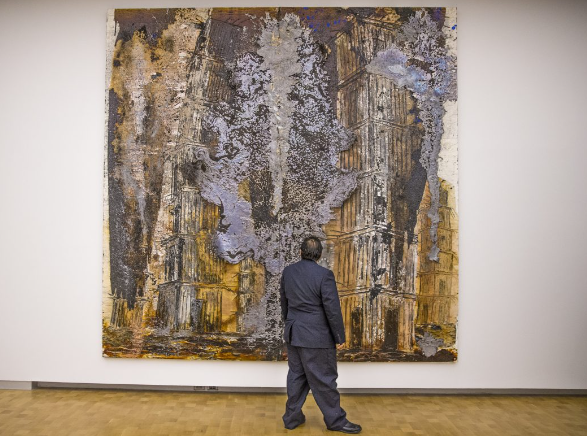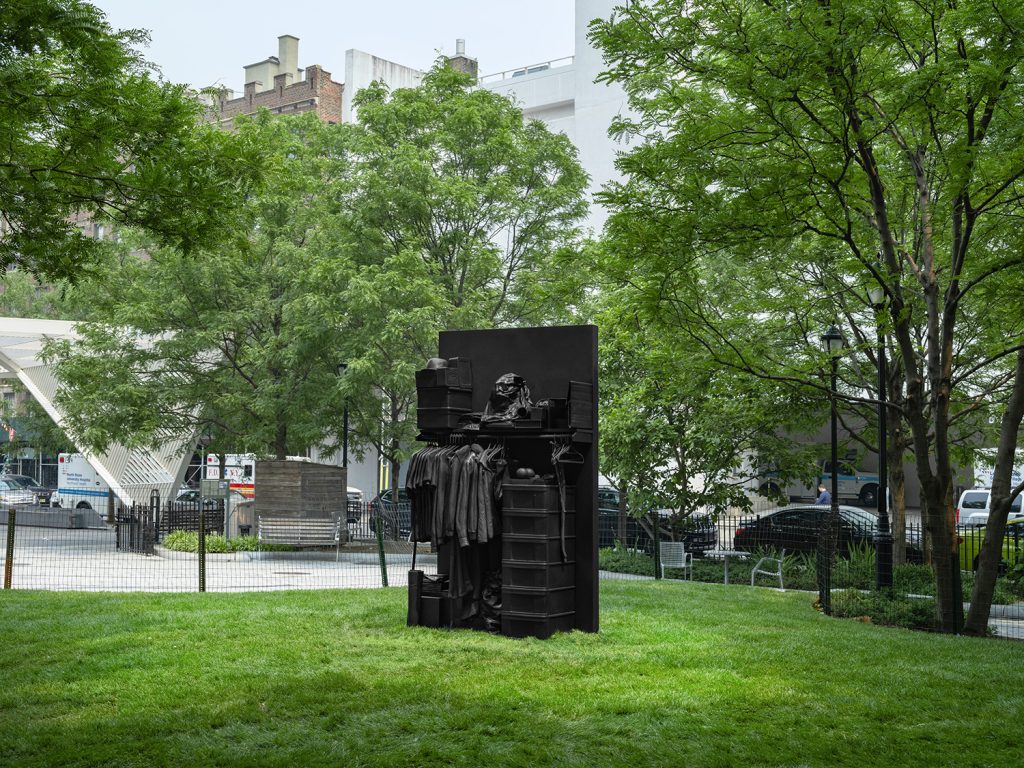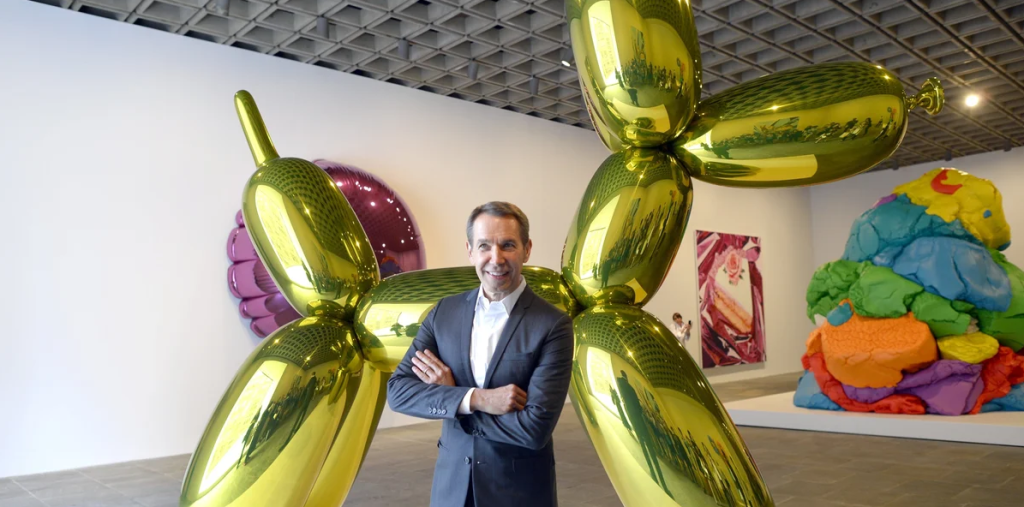Bridging Time: The Artistic Dialogue Between Anselm Kiefer and Auguste Rodin
Art is a powerful medium that transcends time and culture, enabling artists to engage in dialogues across generations. Anselm Kiefer, a contemporary German painter and sculptor, finds a compelling resonance with the iconic works of French sculptor Auguste Rodin. Together, they create a fascinating conversation about the human experience, conflict, and the interplay of nature and history.
Exploring Materiality and Emotion
Both Kiefer and Rodin emphasize the significance of materials in their work, using them to convey deep emotional narratives. Rodin, famous for his expressive handling of clay and bronze, invites viewers into the raw, physical experience of human emotion. His sculptures, such as “The Thinker,” encapsulate intense contemplation and conflict. Kiefer, on the other hand, often incorporates unconventional materials like straw, ash, and lead, intertwining themes of memory, loss, and renewal. In Kiefer’s landscapes, remnants of history are laid bare, challenging viewers to confront the past. The combination of tactile substance and emotional depth presents a rich tapestry for both artists.
Thematic Synergies: Memory and Identity
At the heart of Kiefer’s and Rodin’s work lies a profound exploration of memory and identity. Rodin’s sculptures often capture ephemeral moments, celebrating the beauty and complexity of human relationships. In contrast, Kiefer’s work serves as a haunting reminder of history’s burdens, especially regarding World War II and its aftermath. His pieces urge us to remember and acknowledge suffering, reflecting a contemporary context that resonates with Rodin’s timeless themes. Together, they examine how our identities are shaped by both personal and collective memories, creating a bridge that connects their diverse perspectives across time.
Nature’s Influence on Artistic Expression
Nature plays a vital role in both artists’ works, albeit interpreted differently. Rodin drew inspiration from the natural world, allowing organic forms to inform his sculptures. His approach highlights the beauty of the natural landscape while articulating human emotion and experience. In stark contrast, Kiefer’s landscapes tell stories of devastation and reclamation. His installations often depict war-torn fields and barren terrains, challenging our perception of beauty in nature. Through their varied portrayals, Kiefer and Rodin prompt us to reconsider our relationship with the environment, inviting a dialogue about resilience, decay, and rebirth.
Understanding the Connection
The connection between Anselm Kiefer and Auguste Rodin extends beyond their artistic practices; it reflects a profound engagement with the human condition. By bridging the gap between their disparate timelines, Kiefer reinterprets Rodin’s emotional intensity through a contemporary lens, enriching our understanding of art’s role in processing memory and identity. Their dialogues inspire us to explore the complexities of our own experiences, reminding us that art can serve as a vessel for collective healing and reflection.
Conclusion
The artistic exchange between Anselm Kiefer and Auguste Rodin is a testament to the enduring power of creativity. Their works invite us to delve deeper into themes of emotion, memory, and nature. If you’re intrigued by these artists and their impact on the art world, consider visiting a gallery or reading more about their contributions. Embrace the dialogue that spans across time, and let their voices inspire your own artistic journey.


